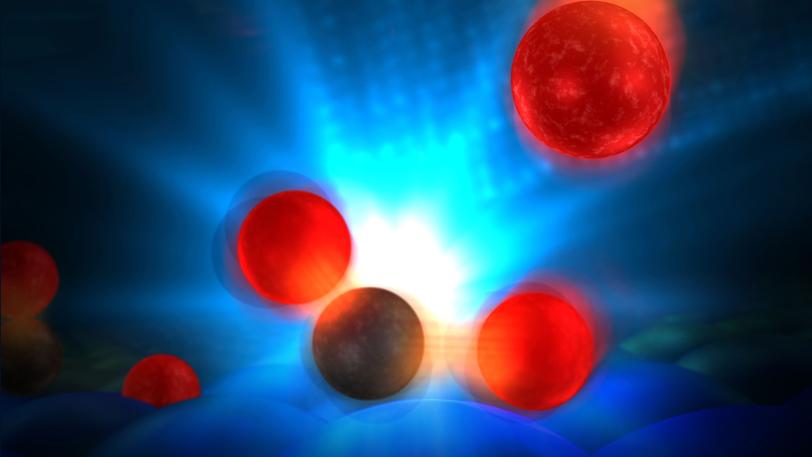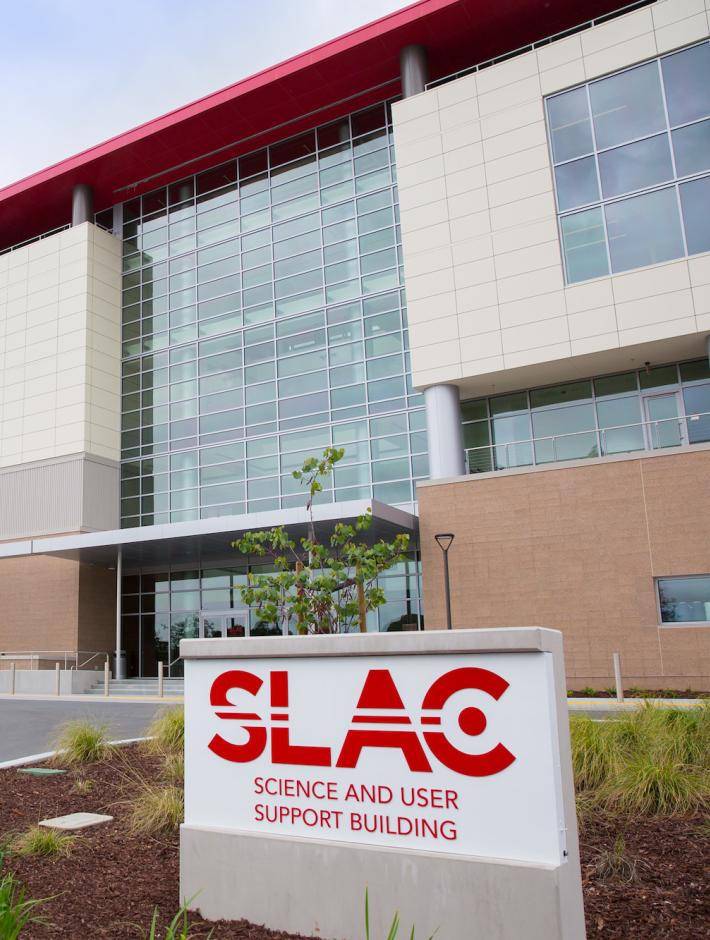Catalysts are the unsung heroes of chemistry: Widely used in industry, they speed up chemical reactions used to make everything from fertilizers to fuels to consumer products, and they do this by making those reactions much more efficient. Many important reactions related to global issues, such as climate change and synthetic fuel production, take place on the surfaces of metal catalysts and involve carbon monoxide (CO) in their critical steps. Today we know very little about how these reactions proceed. But now, using X-ray laser beams from SLAC's Linac Coherent Light Source (LCLS), it is possible to watch this chemistry unfold on a timescale of millionths of a billionth of a second. We can see how the atoms rearrange, and how the catalyst's metal surface allows CO to deform as reacting molecules go through rapid-fire intermediate steps. This talk describes how we assemble a picture of these chemical reactions in motion. This detailed understanding will help us design more efficient catalysts to meet our energy needs.
Caught in the Act! Chemical Reactions Exposed
Presented by Jerry LaRue
About Jerry LaRue
Jerry LaRue received his PhD in physical chemistry from the University of California, Santa Barbara in 2011. He has been working at SLAC and Stanford University for four years, doing research aimed at understanding the most fundamental aspects of chemical reactions. He will be moving to Southern California in the fall to begin a faculty position at Chapman University.
Caught in the Act! Chemical Reactions Exposed
Presented by Jerry LaRue

Caught in the Act! Chemical Reactions Exposed
Public lecture presented by Jerry LaRue
Catalysts are the unsung heroes of chemistry: Widely used in industry, they speed up chemical reactions used to make everything from fertilizers to fuels to consumer products, and they do this by making those reactions much more efficient. This talk describes how we assemble a picture of these chemical reactions in motion. This detailed understanding will help us design more efficient catalysts to meet our energy needs.
SLAC National Accelerator Laboratory
12:30–1:30 p.m. PDT

Coming to SLAC
Free admission
Registration may be required.
Identification required
Adults are required to bring a photo ID to enter the SLAC campus.
Limited seating
Please arrive early to join the event on time.
Free parking
SLAC offers free parking in our visitor parking lot.
Accessibility
SLAC facilities meet American Disability Act requirements for accessibility. If you need assistance, please notify our security officers as you enter SLAC’s main gate, and they will direct you to a parking area and assist or escort you to the auditorium.
Getting here
SLAC is located at 2575 Sand Hill Road, Menlo Park, California, 94025. Please visit our Maps and directions page for driving directions.
If you have specific questions or concerns about attending a public lecture at SLAC, please contact us.